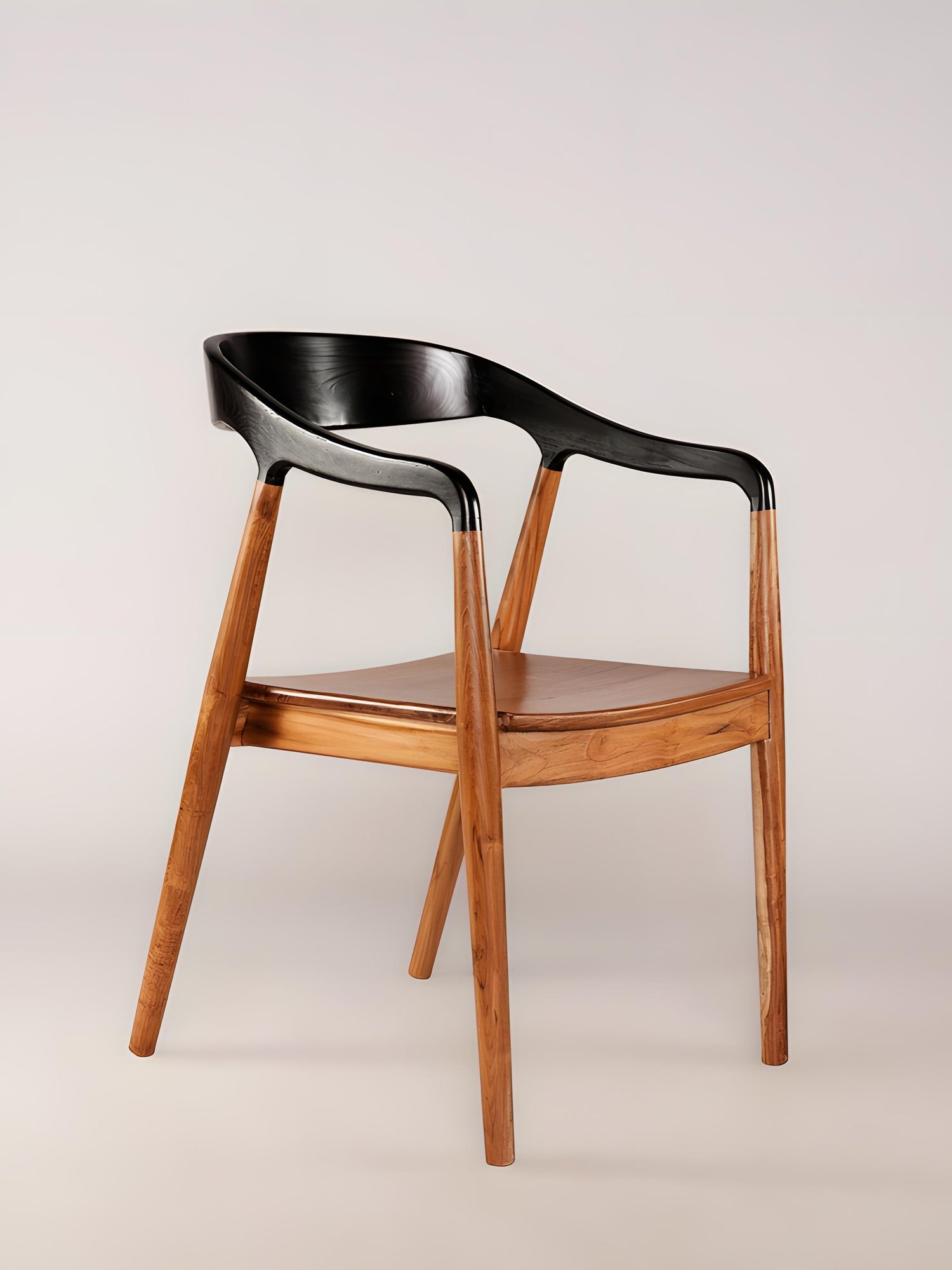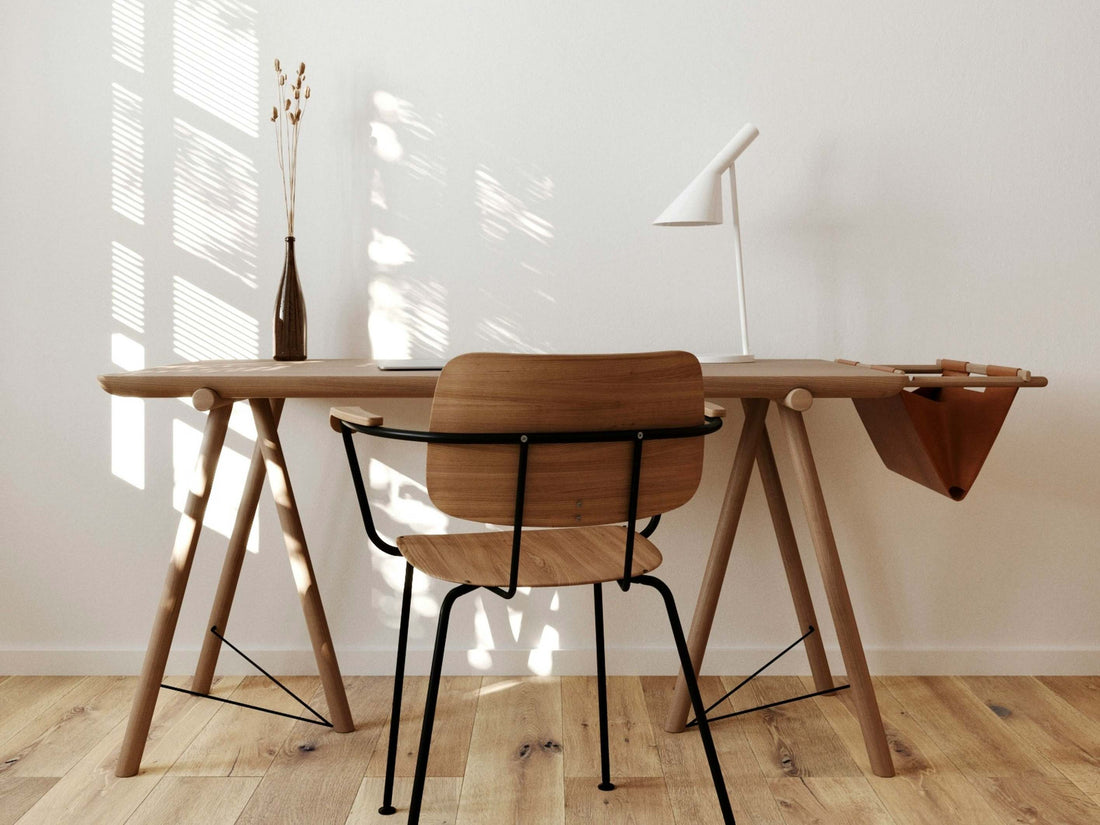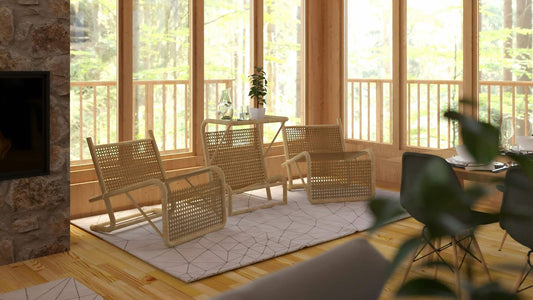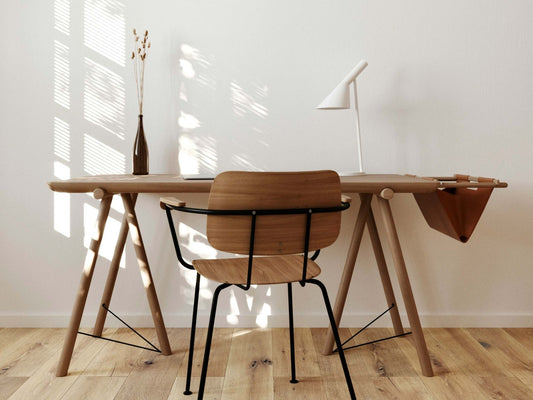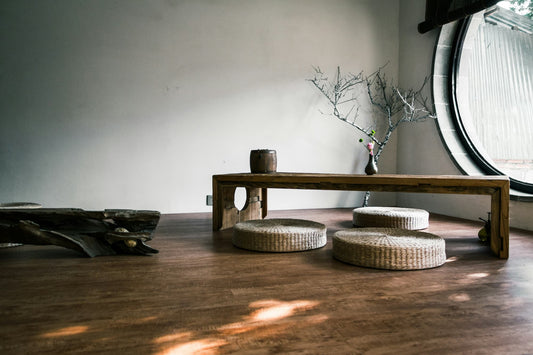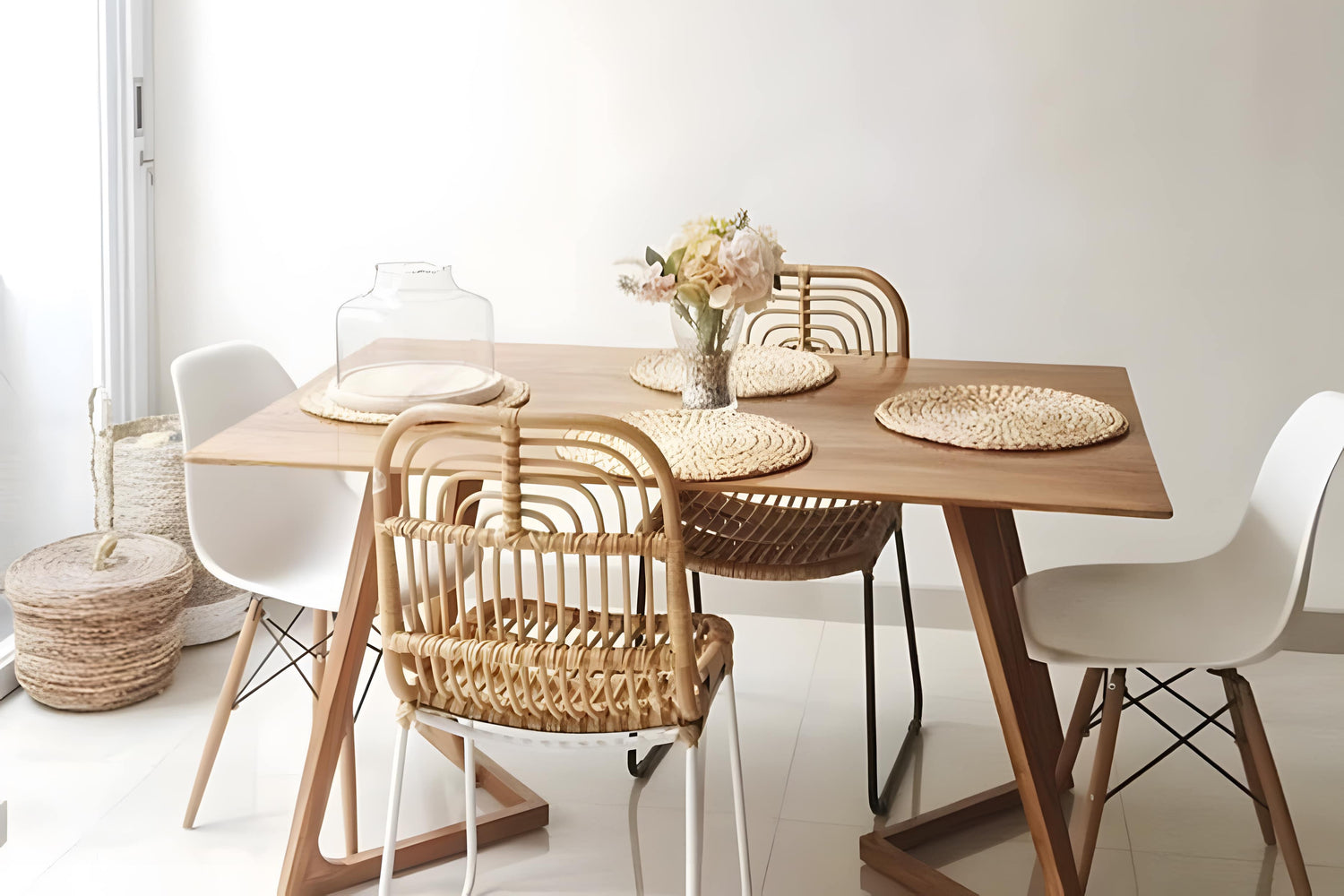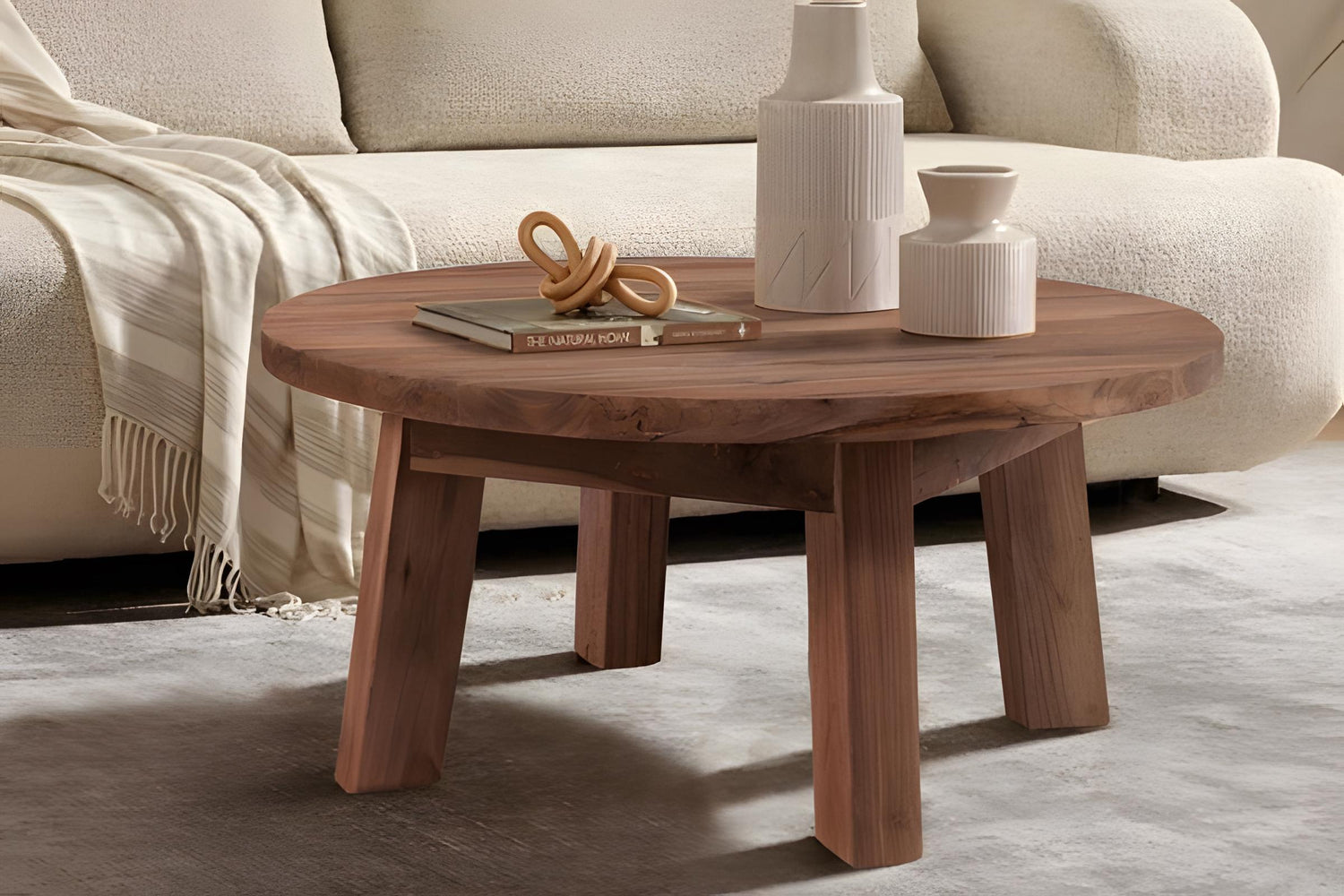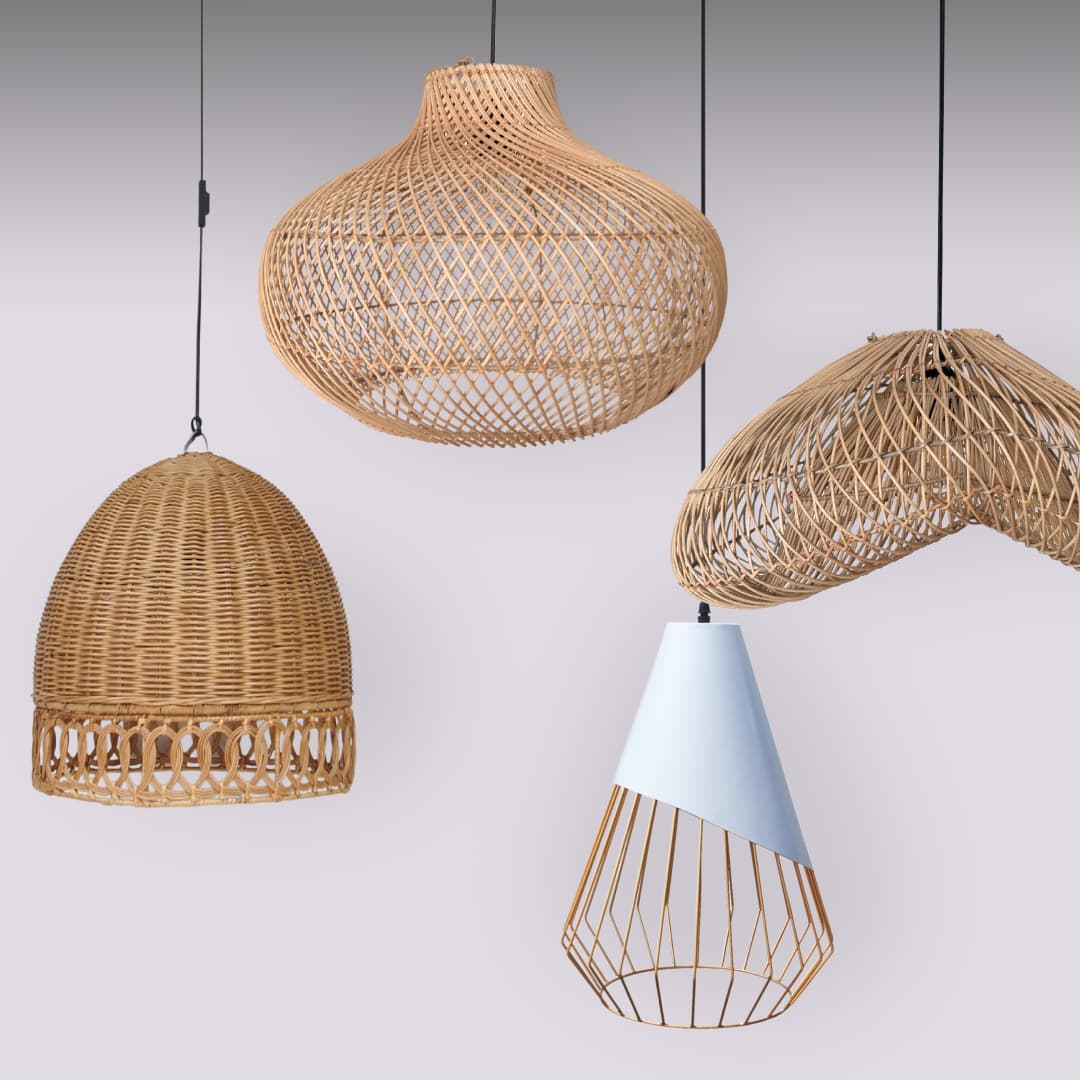Choosing the right furniture for your home can be both exciting and a bit overwhelming. With so many styles, finishes and materials out there, it’s easy to get stuck — especially when it comes to understanding the difference between solid wood and wood veneer.
If you’ve ever browsed a furniture shop or scrolled through homeware websites, chances are you’ve come across both terms. But what exactly do they mean? Is one better than the other? And which one is best suited to your lifestyle?
In this guide, we’ll break it all down in simple, down-to-earth terms — no jargon, just clear advice to help you make a confident decision. Whether you’re furnishing a new-build, renovating a Victorian terrace, or just upgrading your dining set, this article’s for you.
What Is Solid Wood Furniture?
Let’s start with solid wood — the classic, time-honoured material that’s been used in homes for centuries.
Solid wood furniture is exactly what it sounds like: each piece is made from solid sections of timber, cut and crafted into the shape you see. There's no filler, no core, no shortcuts. The entire structure — whether it’s a table leg, a drawer front, or a chair seat — is carved from real wood like oak, teak, or sungkai.
This kind of furniture is often seen as a long-term investment. It has a reputation for being strong, sturdy, and full of character — and there’s good reason for that.

Why People Love Solid Wood
- Natural beauty: Every plank of solid wood is unique, with its own grain pattern, knots, and colour variations. It brings warmth and texture to a room in a way that no imitation can match.
- Strength and durability: With proper care, solid wood furniture can last decades — even generations.
- Timeless design: It tends to age beautifully, developing a rich patina over time.
- Sustainable (when sourced responsibly): Many British shoppers now prefer long-lasting pieces over fast furniture, and solid wood ticks that box when made ethically.
That said, solid wood isn’t perfect for every situation…
What Are the Downsides of Solid Wood?
Let’s be real — solid wood does come with a few drawbacks, especially when it comes to budget and practicality.
- Higher cost: Because it uses more timber and takes more craftsmanship to produce, it tends to be more expensive than other options.
- Heavier to move: A solid oak sideboard is lovely, but you’ll feel every kilogram when moving house!
- Prone to warping: Natural wood expands and contracts with changes in humidity and temperature. In old houses without consistent heating, this can sometimes lead to slight movement or cracks.
- Needs maintenance: It’s not high-maintenance, but spills should be wiped quickly, and it may need the occasional oil or wax to stay looking its best.
What Is Wood Veneer Furniture?
Now let’s look at veneer — a more modern, cost-effective alternative that’s increasingly common in high-street and online furniture ranges.
Wood veneer refers to a thin slice of real wood (often 0.5mm–2mm thick) that's glued onto a core made of engineered materials like MDF, plywood or particleboard. The top layer is real wood, so it still looks like solid wood — but the bulk underneath is a manufactured board.
Think of it like this: veneer gives you the look of solid wood, without the weight or price tag.
Why People Choose Veneer Furniture
- More affordable: Because less real wood is used, veneer pieces are typically cheaper than their solid counterparts.
- Stable and lightweight: Engineered cores don’t expand or contract as much with temperature changes, making them less prone to warping.
- Sustainable use of materials: Veneering makes more efficient use of expensive or rare timbers by stretching one tree into many pieces.
It’s ideal for people who want a stylish, wood-look finish without spending a fortune.

The Downsides of Veneer Furniture
Veneer isn’t without its compromises, though — especially if you’re hoping to buy furniture that’ll last a lifetime.
- Less durable: Veneers can chip, peel or bubble if damaged by water or heat. Once the surface is compromised, it’s not easy to fix.

- Difficult to refinish: Unlike solid wood, you can’t sand down and re-stain a veneer surface — the top layer is too thin.
- Shorter lifespan: Veneer furniture tends to have a shorter usable life, particularly in busy households with kids, pets, or frequent furniture moves.
How to Tell the Difference Between Solid Wood and Veneer
If you’re buying online or even in a shop, it’s not always obvious what you’re getting. Here’s how to spot the difference:
| Test | What to Look For |
|---|---|
| Edges and corners | Veneers may show a change in grain direction or a visible join between the surface and edge. Solid wood is continuous. |
| Weight | Solid wood is significantly heavier. Try lifting a chair or side table if you can. |
| Underside or back panels | Often, manufacturers leave the back or underside exposed — you might spot MDF or a laminate core under a veneer. |
| Tapping test | Knock on the surface gently — solid wood sounds more dense and solid, while veneer over chipboard might sound hollow. |

This tabletop is made from wood veneer — a thin layer of real wood bonded over layers of engineered board. Note the visible horizontal layering on the edge, a typical feature of veneered plywood.

This dining table and chairs are crafted from solid wood, with a seamless grain pattern and rounded edges that highlight the natural character and strength of the timber.
Solid Wood vs Veneer: A Side-by-Side Comparison
Here’s a quick summary to help weigh up your options:
| Feature | Solid Wood | Wood Veneer |
|---|---|---|
| Material | 100% natural timber | Thin layer of real wood over engineered board |
| Durability | Very high — can last generations | Moderate — depends on quality of core |
| Appearance | Rich, natural, unique | Consistent, wood-look surface |
| Maintenance | Can be sanded, repaired, refinished | Harder to fix if damaged |
| Price | Higher upfront cost | More budget-friendly |
| Weight | Heavier | Lighter, easier to move |
| Sustainability | Sustainable if responsibly sourced | Efficient use of wood but may include glues/resins |
| Lifespan | 20–100+ years (with care) | 5–10 years (average) |
So… Which Is Better?
It depends on what matters most to you.
If you value longevity, craftsmanship, and natural materials, then solid wood is absolutely worth the investment. It’s especially suited for rooms you use daily — think dining tables, chairs, beds, wardrobes and coffee tables — where strength and style both matter.
On the other hand, if you’re working with a tight budget, furnishing a short-term space, or just want the look of wood without the weight, veneer furniture can do the trick — particularly for desks, bookshelves, or guest bedroom storage.
A Note on Quality: Not All Veneers (or Solid Wood) Are Equal
It's worth saying — quality varies wildly.
Some high-end veneers, like those used in bespoke or designer furniture, are beautifully made and can rival solid wood for beauty and strength. Similarly, not all “solid wood” furniture is made equal — cheaper products may use softwoods, poor joinery, or mixed materials labelled misleadingly.
Always check the materials list, and if possible, buy from brands that are transparent about their sourcing and construction methods.
Final Thoughts: Invest in What You Love
At the end of the day, your home should reflect your style and suit your needs. Whether you choose solid wood or veneer, go for pieces you’ll enjoy living with — not just looking at.
Furniture isn't just functional — it's emotional. It’s the dining table where birthdays are celebrated, the sideboard that stores family memories, or the bedside table that holds your favourite book. So choose what feels right for your life now, with an eye on how you’ll grow into it.
Discover Beautiful Solid Wood Furniture at Mellowdays
If you’re leaning towards solid wood — for its warmth, durability, and timeless beauty, explore solid wood furniture at Mellowdays — thoughtfully crafted pieces made from premium, sustainable timber handcrafted in Indonesia.
